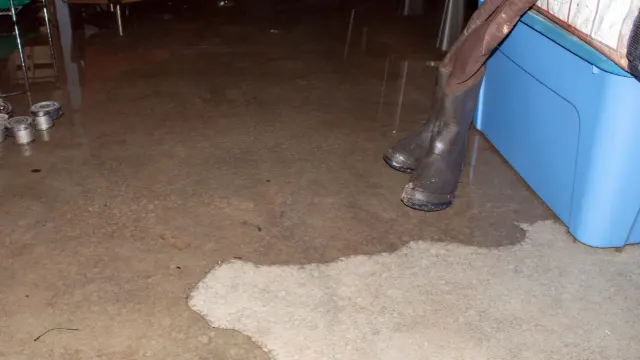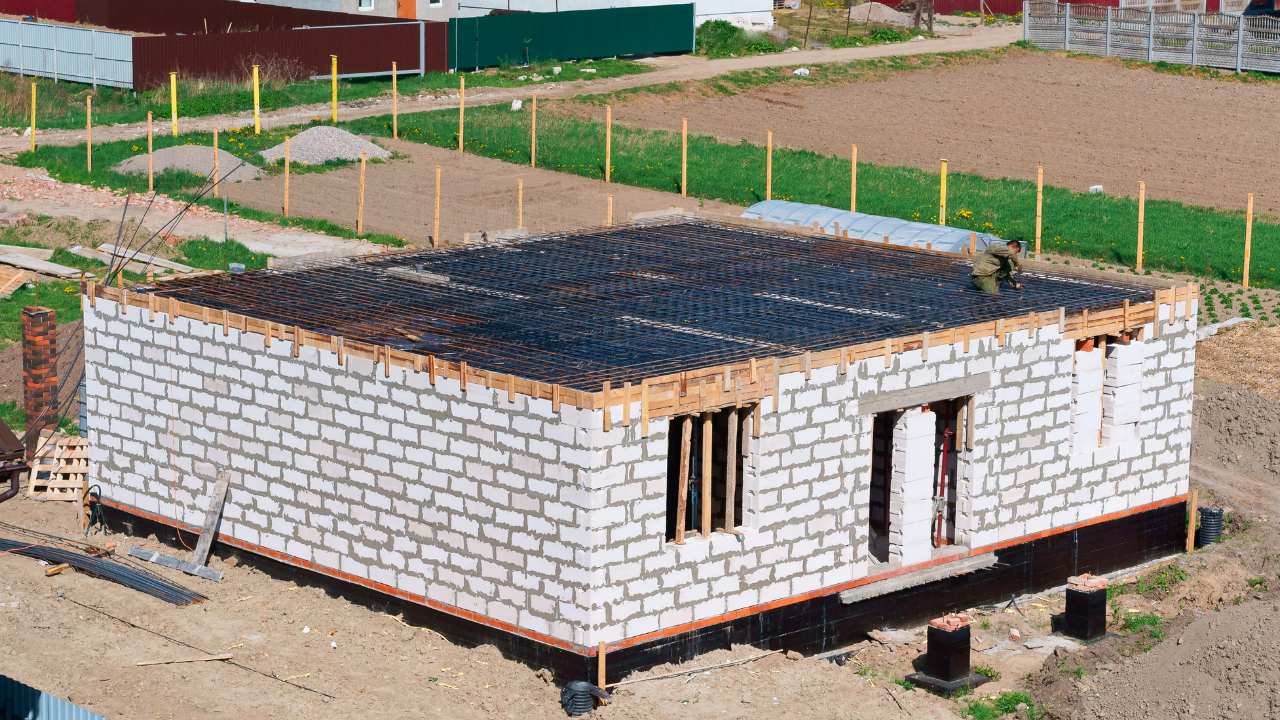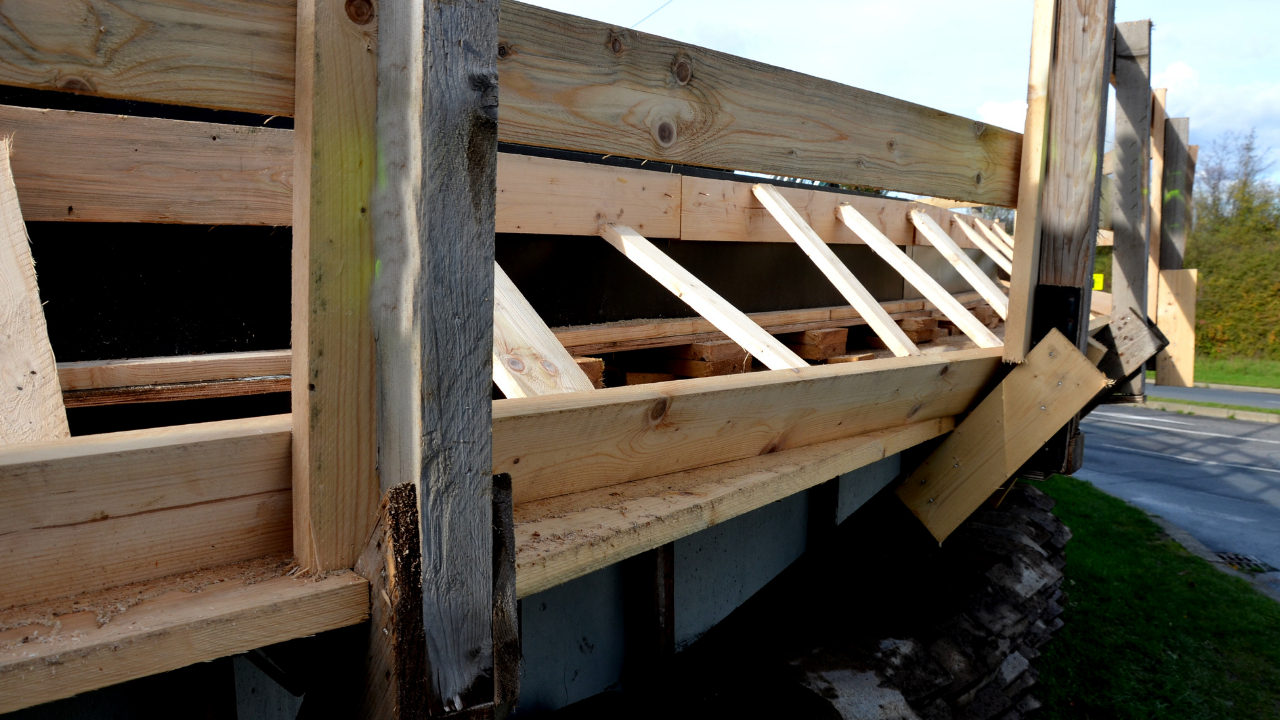Why the Foundation Matters: Our homes are much more than just four walls and a roof; they are our sanctuaries, our places of rest and relaxation. And just like anything precious, they need protection. When it comes to safeguarding our homes, the importance of a strong, reliable foundation cannot be overstated. One popular method is the use of plastic around the foundation. But does it really make sense?
Challenges and Considerations: Like any construction decision, using plastic around your house foundation is not as straightforward as it may seem. A plethora of factors, such as climate, soil type, local construction codes, and the specific architecture of the house, all play a role in determining the efficacy of this method. The situation becomes even more complex when considering the variety of materials available in the market today, each with its own set of pros and cons.
Navigating the Maze: This article seeks to shed light on the complexities of using plastic as a protective measure for house foundations. We will delve into the science behind it, discuss its benefits and drawbacks, and explore alternatives. By equipping homeowners and builders with this knowledge, we aim to facilitate more informed decisions when it comes to house foundation protection.
The Science Behind Using Plastic Around House Foundations
Understanding why plastic is used around house foundations requires a basic grasp of the principles of water damage and insulation. Fundamentally, plastic serves as a barrier, helping to protect the foundation from moisture intrusion, one of the biggest threats to a home’s structural integrity.
Moisture can seep into a foundation from the surrounding soil, leading to an array of problems such as mold growth, structural weakness, and basement flooding. By enveloping the foundation in plastic, homeowners can create a physical barrier that minimizes moisture intrusion.
Benefits of Using Plastic Around Your House Foundation
In light of its function as a barrier, using plastic around a house foundation can have several notable advantages. First, it helps preserve the foundation’s strength and durability by reducing the risk of water damage. This can extend the lifespan of the foundation, decreasing the need for costly repairs or replacements down the line.
Second, a plastic barrier can improve a home’s energy efficiency. By inhibiting moisture, it also curbs heat transfer through the foundation, keeping the house warmer in the winter and cooler in the summer. This, in turn, can result in considerable energy savings over time.
Potential Drawbacks of Using Plastic Around House Foundations
Despite the significant benefits of using plastic around house foundations, there are also potential drawbacks that homeowners should be aware of. One issue is that installing a plastic barrier can be a labor-intensive and time-consuming process, especially for existing homes. It often involves excavating around the foundation, which can be costly and disruptive.
Additionally, if the plastic is not properly installed, it can trap water against the foundation rather than directing it away. This might worsen the problems it was intended to solve, potentially leading to more severe water damage.
Alternatives to Plastic for House Foundation Protection
While plastic has its benefits, it’s not the only solution for house foundation protection. Other options can offer similar benefits, depending on the specific needs and conditions of your home. For instance, certain types of waterproofing membranes or coatings can also provide an effective barrier against moisture.
In more extreme cases, such as in areas prone to flooding, more comprehensive drainage systems may be necessary. These systems can include elements like French drains or sump pumps to actively remove water from around the foundation.
You can also check out an article that explores the pros and cons of using plastic around a home’s foundation, which is a common practice in modern construction.





